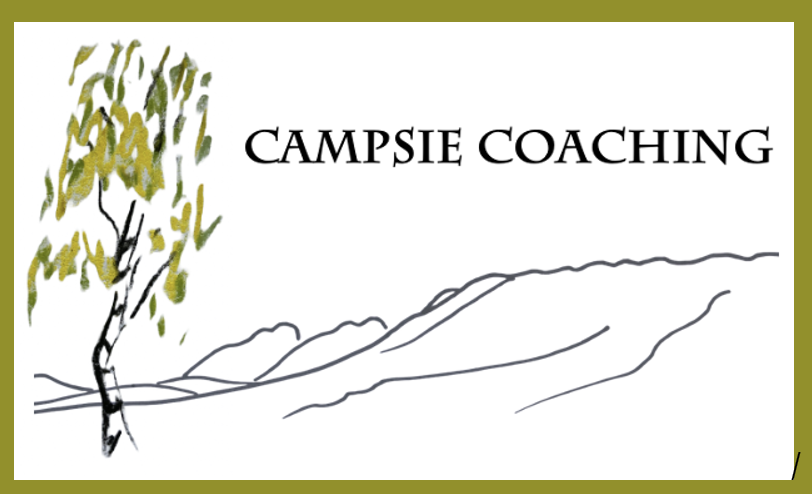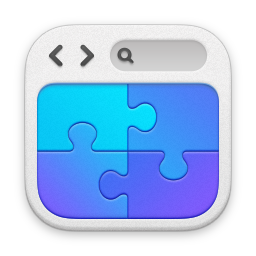If you struggle to read from a screen, listen to an audio of this blog here
A question that I’m often asked is, ‘When do I push through and when do I rest?’ This is a great question because so much of the mainstream advice about dealing with chronic fatigue is about learning to pace yourself. It just leaves us feeling confused, frustrated and afraid of getting it wrong. We are encouraged to think of our energy as a finite resource, like a bucket of water that we need to protect and ration. Running out feels like a failure as well as being physically unpleasant, so we live life in fear of getting it wrong, adding to the emotional stress we carry.
Until recently, advice on pacing has been accompanied by a recommendation for Graded Exercise Therapy (GET), which at its simplest means doing a bit more every day and building up our exercise tolerance. This is an approach that was challenged and taken off the NHS guidelines in 2021, but it still echoes on. GET can be quite damaging when you have chronic exhaustion. There is an inbuilt pressure to push through and ignore your body’s signs of fatigue in order to reach that day’s goal. In doing so we are reinforcing a behaviour that is often one of the reasons why we became ill in the first place.
So, against a background of confusing or absent advice, how do you know what is right for you? Should you move or rest, stay or go? Recovery can feel like an impossible balancing act on a high wire, with a chasm yawning underneath if you make the wrong decision.
Learning how to balance
The first key thing to remember here is that you won’t necessarily have the same energy available every day. Just because you managed to walk to the end of your street yesterday doesn’t mean that you can today, or that you must do at least this much every day after. It may be that walking that far yesterday was a real stretch, and your body needs time and rest to recover today. It may be that today you are using up a lot of energy on something else – maybe spending time with a difficult person, or worrying about an upcoming appointment. Making yourself push through the tiredness will make things worse.
On the other hand, sometimes we have been sitting still so long that we feel sluggish and miserable, inactivity weakens our bones and muscles and slows our blood flow, reducing the available oxygen and letting toxins build up. We enter a downward spiral in which fatigue is used as an excuse not to move, making us feel even more sluggish.
And so we come back around to the question, ‘Should I move or should I rest?’
There is no fixed answer, except to learn how to read your body’s signs and look for the patterns that will tell you which to do right now.
Changing Your Metaphors – Bucket to Candle
It can be helpful to change the imagery that you use around energy, from the finite bucket of water to something that grows or diminishes in size depending on its environment, for example a candle flame.
When I was recovering, I found it really helpful to imagine my energy levels as a candle flame.
Think of what happens to a candle flame when you limit its oxygen by placing it under a jar. It quickly reduces and will go out if left.
What happens when you gently breathe onto a small flame? It brightens and grows taller.
I started to notice what made my flame burn bright and what made it dim.
On days when it felt dim I rested more, focused on meditation and things that made my flame burn brighter. I made a list of these:
- being with people who made me laugh or feel special
- uplifting music
- favourite books or comedy shows
- being creative – drawing or making something
- singing gently
- smiling even when I didn’t feel like it
- yoga nidra
- sitting in the garden and watching the birds…
I also avoided things that I had noticed suddenly made my flame die down or go out:
- being with certain people
- scrolling through angry or resentful social media posts
- hearing alerts on my phone
- listening to the news
- walking because I ‘had to’
- doing the accounts!
On days when I had a bit more energy I experimented with moving more, doing more, but always aimed to keep that flame burning steadily.
I tried to plan activities with rests built in so that when my candle dimmed I could bail out immediately and not feel compelled to keep going.
This all sounds great, and it was in theory, but I am human and so I often messed it up. That’s OK. That’s normal. That’s how you learn. If you view these setbacks as ‘learning opportunities’, rather than evidence of what a failure you are, it is easier to get back on the bike and try again (to introduce yet another metaphor!) Each time I got better at judging that candle flame and helping it burn brighter; the ‘learning opportunities’ spread further apart until I was fully recovered and self-care became a natural part of my life.
I still mess it up sometimes. We all do. The difference is that once you learn how to listen to your body and not push through, you notice the earlier, more subtle warning symptoms. These enable you to take action sooner, making sure that you never crash back into chronic fatigue etc again.
Tip
Identify your verbal red flags
When you find yourself using words like ‘pushing through’ or ‘powering through’, or ‘I should, I ought, I must’, it’s always worth stopping and noticing these useful red flag words.
Ask yourself:
- Who says so and why?
- What do I need right now?
- What will happen to me if I do this?
- What will happen to me if I keep being driven by these phrases?
Then decide what is best for you right now.
Identify your physical red flags
Begin paying attention to the ways in which your body is letting you know your limits and set these physical signals as red flags too.
Ask yourself:
- What does my body do before I feel really exhausted or in pain?
- Is there something else even more subtle that comes before that?
For me, beginning to drop things, a fine tremor, tightness in my throat, beginning to grumble out loud about the unfairness of life and other people’s faults are all signals that tell me to stop right now, regardless of what is happening and rest.
- Give yourself permission to put your health first and stop immediately when these red flags show up.
- Rest until you feel better and do something that makes your flame burn brighter. This is not selfish, rest and self-care is a basic human right, not a luxury.
Learning to tend your flame takes time and a lot of practice, so the best time to start is right now. Why not grab a piece of paper or start a list on your phone now of what feeds your flame and what stifles it?



